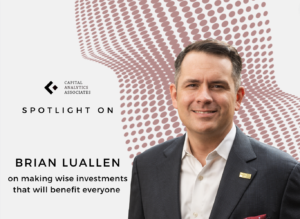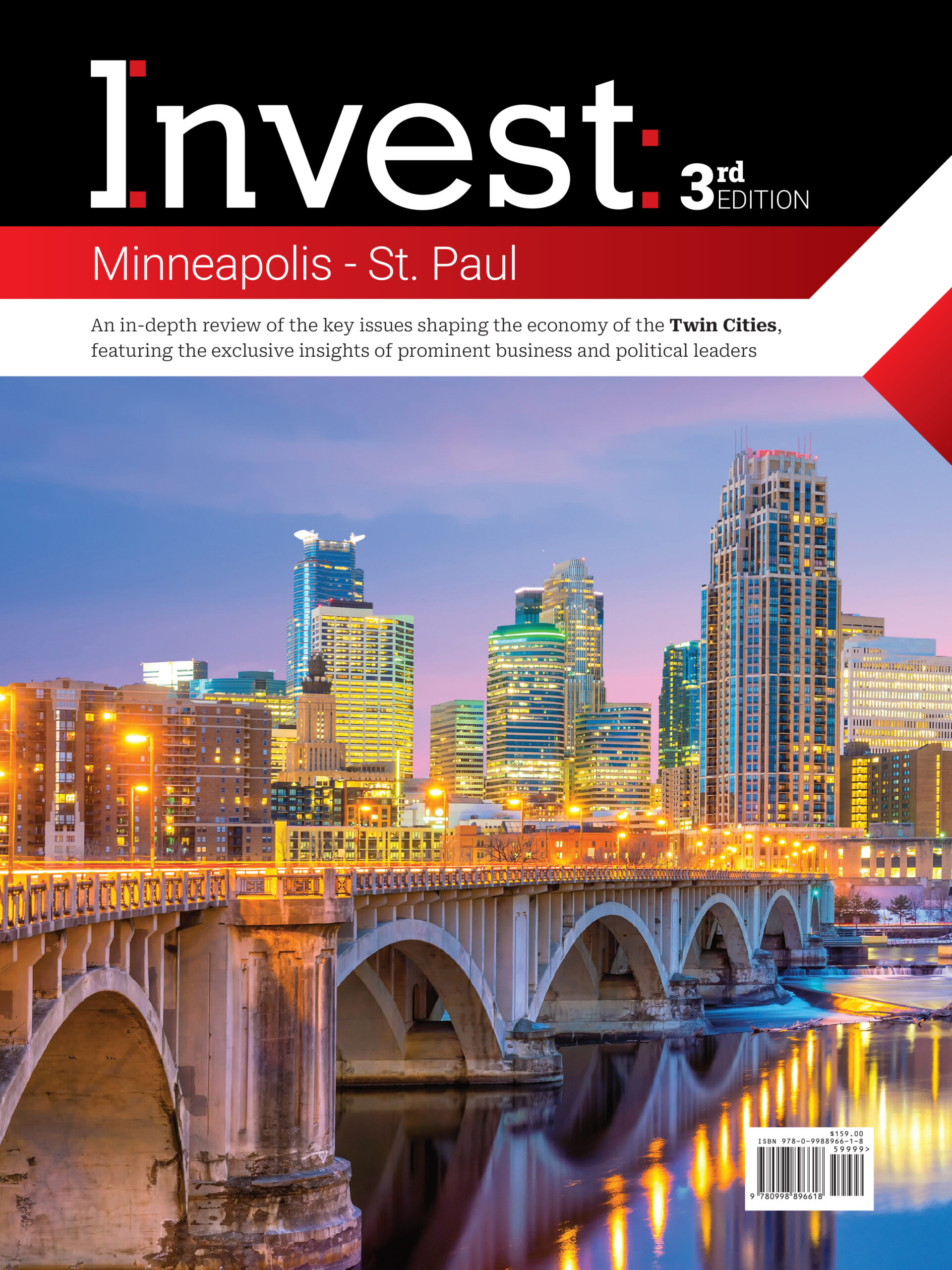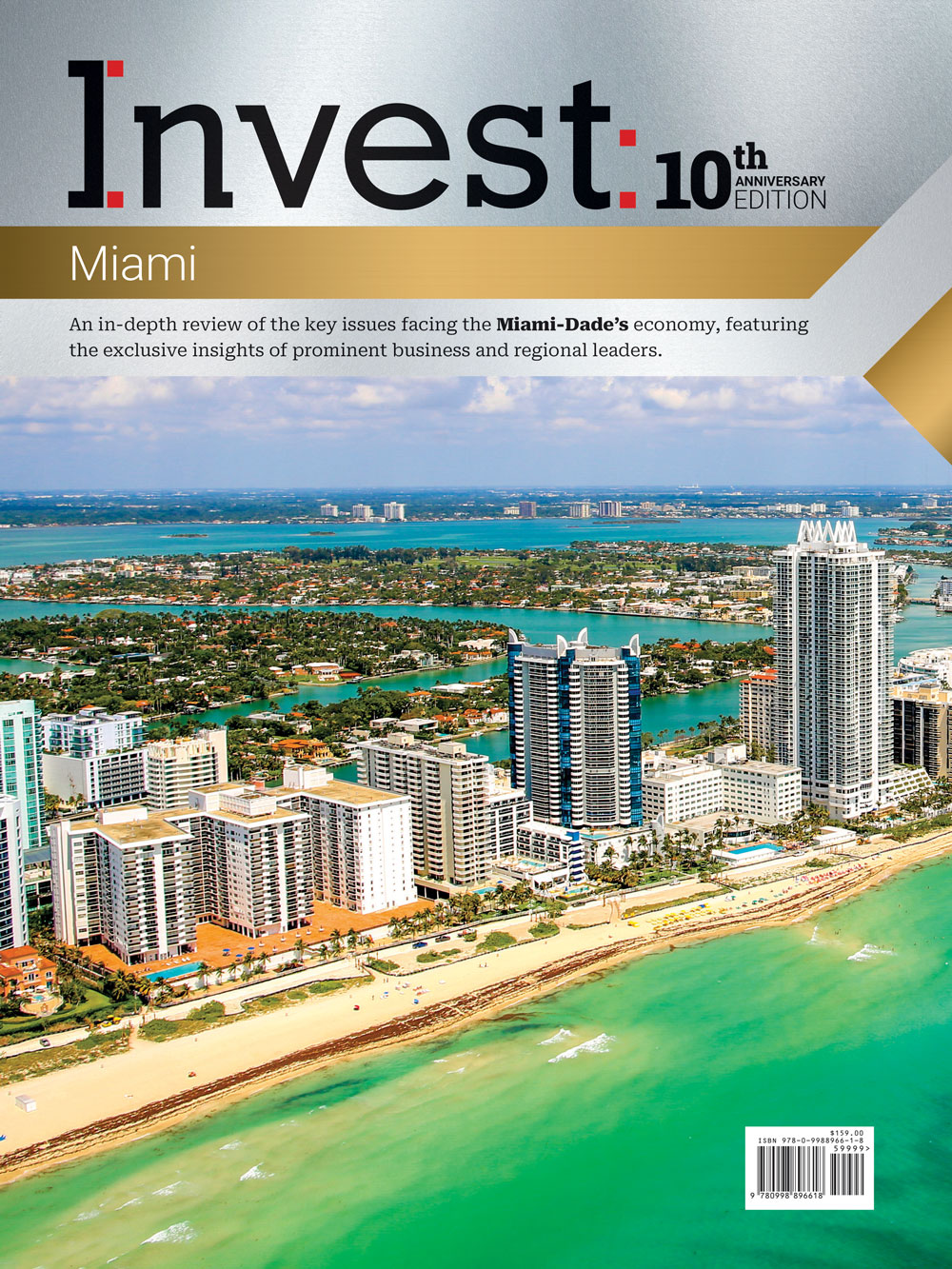Spotlight On: Brian Luallen, CEO, Fair Park
 August 2023 — Fair Park is a National Historic Landmark with 11 cultural institutions and attractions, and is one of the best-known recreational and educational complexes in Dallas. Invest: spoke with CEO Brian Luallen about the impact of tourism on Fair Park, its current partnerships and its priorities going forward.
August 2023 — Fair Park is a National Historic Landmark with 11 cultural institutions and attractions, and is one of the best-known recreational and educational complexes in Dallas. Invest: spoke with CEO Brian Luallen about the impact of tourism on Fair Park, its current partnerships and its priorities going forward.
What have been some of the significant milestones for Fair Park Dallas over the past year?
We’re very excited because last November, the citizens of Dallas passed an exciting economic package that will double the size of the Kay Bailey Hutchison Convention Center. Twenty percent of the proceeds will come to Fair Park, which represents the single-largest investment in Fair Parks infrastructure and revitalization in our over 100-year history, in addition to an estimated $2 billion convention center and enhancement that will make us the leader in that space nationwide. This means that we can anticipate sweeping investments as well as enhancements of many of the historic and iconic venues across the Fair Park campus.
What will result from the investment in Fair Park?
We are a National Historic Landmark, which means that we’re one of the most important architectural and historic sites in the entire nation. Unfortunately, when our organization, as a 501c3, took management of the site, there was over $300 million in deferred maintenance. The referendum offsets that deferred maintenance. It’s primarily targeted at our six most important public venues. The historic Cotton Bowl Stadium, the Music Hall and our expansive exhibition halls, among others, are huge drivers for our annual attendance and revenues. So, it’s critically important that we make sure that, one, they afford a comfortable experience for all of our visitors, but two, that they maintain their competitive space against other venues across the region and the nation.
At Fair Park, we draw some of the largest events, including the single-largest annual event in the nation, the State Fair of Texas. Every year the State Fair of Texas draws over two and a half million visitors to Fair Park, including many tourists from around the region and the nation. Beyond that, we also host major concerts, and we’ve seen performances by the Rolling Stones, Coldplay, Reggaeton star Karol G, as well as the best of Broadway and other activities. Unfortunately, today, the state of those venues isn’t as comfortable as you’d anticipate in a modern stadium or arena. The Cotton Bowl Stadium is almost 100 years old. And even though we host the Red River Showdown, unfortunately, the building has more than tripled in capacity without increasing the number of restrooms. But we want to enhance that and continue to draw huge marquee events to the city of Dallas. We believe that within about eight years of improvements, which we have to schedule around our existing legacy events and activities, we’ll be able to get the number to 8 million visitors a year, which has a profound impact. The state legislature, after two years of advocacy, recognized that Fair Park was unique as a National Historic Landmark and afforded us this unprecedented opportunity. It’s a huge win for the park.
What partnerships does Fair Park Dallas have to promote tourism and support the industry within the region?
We’re very proud to partner closely with our local convention and visitors’ bureau, Visit Dallas. We’re very proud through that partnership to have brought a lot of new activity to the campus, including things like the World Food Championship and Athletes Unlimited professional women’s basketball and volleyball. We’re targeting Dallas as the centerpiece of North Texas and we can enhance the quality of life for our citizens by always offering robust programs.
What are some of the emerging trends that Fair Park is actively pursuing to maintain its competitive edge?
For us, it’s all about being part of the growing renaissance across the Metroplex. It’s exciting to see the growth and projects that are taking place in the southern side of the city, which traditionally has been an underdeveloped and underserved community. In addition to the preservation and revitalization of the Fair Park Historic campus, we’re joined by projects like Forest Forward, which is revitalizing the historic Forest Theater and doing community development in our neighborhood that will stimulate private investment on the residential and commercial real estate side just like at the Southern Gateway Deck Park. That is an incredible public green project that will cap a section of the freeway next to the Dallas Zoo, and also the Harold Simmons Park in West Dallas. Through these investments, there’s a surprising amount of capital coming into these previously underserved areas. For us, this is a conversation about equity and ensuring that we’re able to help deliver a rich quality of life for all our citizens.
What have been some significant challenges and how has Fair Park navigated them?
One of the challenges but also an exciting factor is that there is so much development. We were recently thrilled to hear that our sister cities, Frisco and Plano, are going to be getting major theme parks. But that’s also one of the reasons why we have to continue to invest in these historic sites to ensure that we’re not losing our market share to new attractions. It’s very exciting to know that these major attractions are coming to the region but it does put reinvestment, revitalization and maintaining our place in the market at the forefront of all our thoughts. We’ve been very lucky that when we do our market studies, they show that millennials enjoy the authenticity of our venue. You simply can’t recreate that authenticity. In addition, we are the single largest collection of art deco in the world and that means that we have an outdoor museum, which makes it a very unique setting for festivals and events.
What are some of the priorities for Fair Park Dallas in the next two to three years?
One of our greatest impacts is in making sure that we make wise investments that will benefit the underserved community. We do that by heavily promoting participation from MWBE firms that are either owned by women or minorities. And we’ve been able to become an industry leader in that space with a four-year average of over 69.1% MWBE participation. We’re very proud of that because when we make decisions about how to invest funds here, from tax funds or private donors, we want to make sure that those investments have a triple net impact. What I mean by that is we need to create a dollar’s worth of value inside the park, a dollar’s worth of economic impact outside of the park, and also an equitable investment in the social fabric of our community. We do that by hiring locally and making sure we have robust workforce development programs and social benefits as well. As with many cities, South Dallas does have some dark chapters in its past relative to race. And so, by leaning into a very robust participation program, we know that we are building meaningful capacity in minority communities. We take a lot of pride in being very intentional about how we apply our investments within the campus. That’s one of the reasons why, even though there’s an incredibly competitive landscape in terms of new projects across Dallas, being very intentional about having a local impact has led to us being perceived as leaders in the space. That has resulted in continued support.
How is inflation impacting Fair Park Dallas?
One of the challenges we’ve run into is rising interest rates as well as inflation. On projects like our new community park, we’ve seen a significant rise in some of the projected costs versus what we were seeing pre-pandemic. Some of those are manageable but others are not; you have to just lean into it, find a path forward and figure out a way to raise the appropriate funding for the project. In this particular instance, this green space has been promised to the local community and it means you just simply have to embrace the challenges of the day and work your way around the inflation and the rising costs as opposed to putting it on hold.
For more information, visit:













